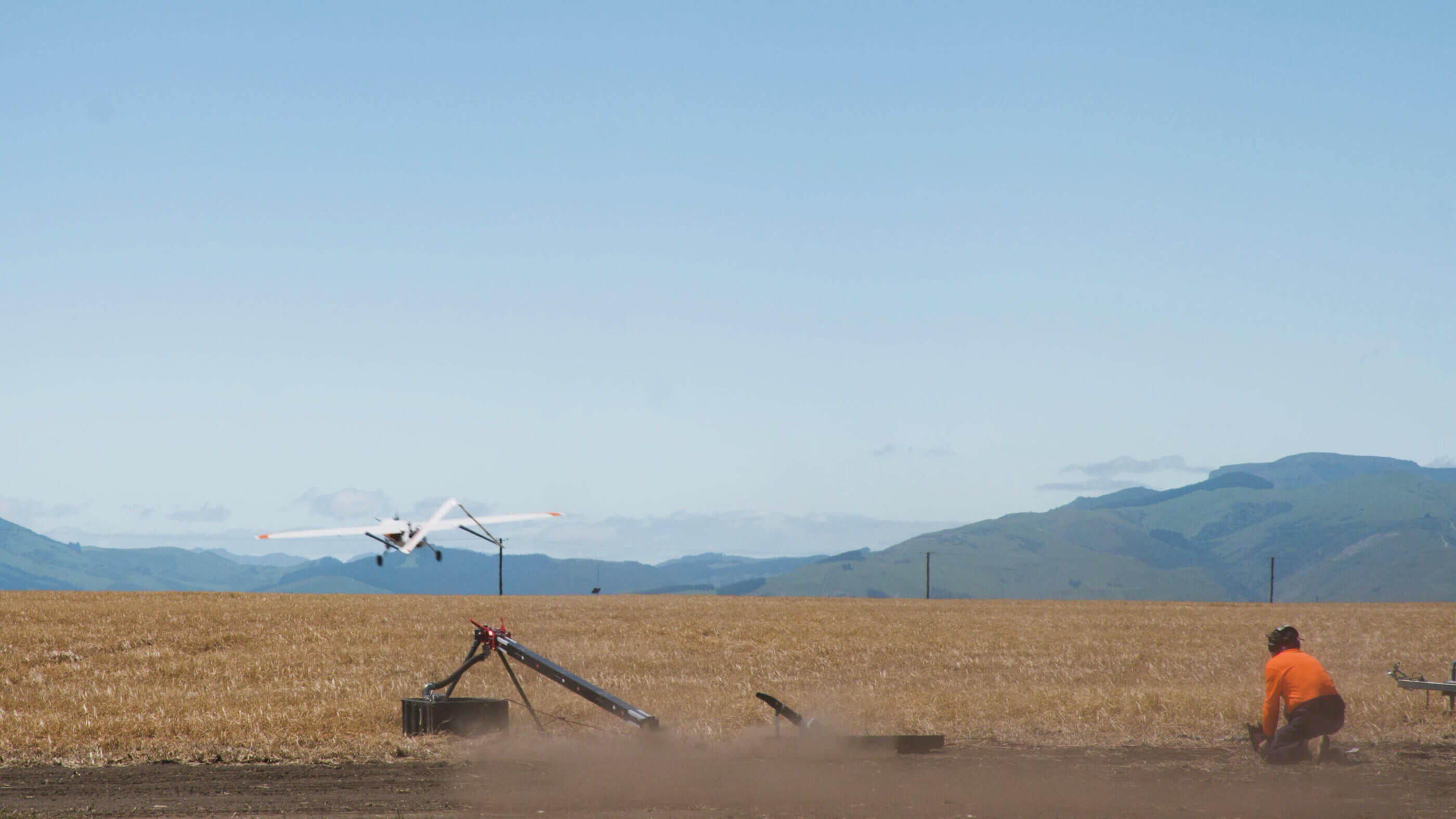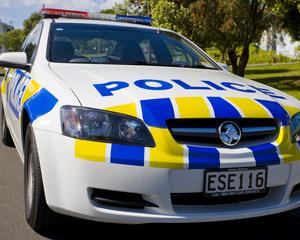In a world-first trial on Banks Peninsula, an uncrewed aircraft has safely flown into controlled airspace to fly among other piloted planes.
A series of test flights with the small Wisk craft at the Tāwhaki National Aerospace Centre at Kaitōrete Spit was a step towards the ultimate goal of commercial autonomous flights.
Catherine MacGowan is the Asia Pacific director for Wisk, the California-based aerospace manufacturer which partnered with the New Zealand government and other aviation groups to carry out the trial.
The latest test flights were part of Wisk’s multi-phased testing programme under the government’s airspace integration trial programme. The testing involved multiple flights that took place between November 17 and December 1 to demonstrate a remotely piloted aircraft (RPA) can be operated under instrument flight rules (IFR) in controlled airspace and integrated with regular crewed traffic, MacGowan says.
The flights involved take-offs, landings, and uncontrolled and controlled airspace navigation.
"The successful completion of this phase of testing demonstrates that it is possible to safely integrate autonomous aircraft into controlled airspace that is shared with piloted aircraft," said MacGowan.
"The processes, data, and learnings from these trial flights will help shape the future of advanced air mobility (AAM) and the broader aviation industry.”

"The successful demonstration serves as a foundation towards fielding a safe concept of operations for autonomous flight in non-segregated airspace into the future.”
Airways New Zealand’s acting general manager air traffic services, James Evans, said: “Our purpose as New Zealand’s air navigation service provider is to keep our skies safe, today and tomorrow. We value the chance to work with an innovator like Wisk to help shape the future by supporting it to trial the safe integration of uncrewed aerial vehicles into our controlled airspace.”
Civil Aviation Authority of New Zealand deputy chief executive, aviation safety, David Harrison, said: “CAA is committed to the safe and secure integration of emerging technologies into the civil aviation system in New Zealand. It’s a promising step forward for the whole sector that these trials have progressed safely, which is our number one priority.”
Indigenous-led aerospace venture, Tāwhaki, provided the flight testing site.
Tāwhaki chief executive Linda Falwasser, said: “We’re proud to support world-leading innovation to take flight from our Tāwhaki National Aerospace Centre at Kaitorete. It’s great to be working in partnership as part of the Airspace Integration Trials Programme to chart a path for an adaptive, exciting, sustainable future for aerospace transport."
-With RNZ













